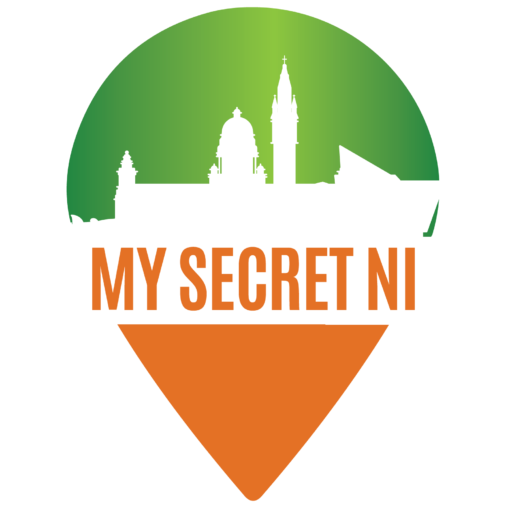Ancient Vikings -Raiders of Ireland
The ancient Vikings are a famous people. The history of Vikings is also famous. They came from Sweden, Norway and Denmark. They settled Iceland and other northern islands. One of the Viking people tribes, the Rus, probably gave Russia its name. They discovered America 500 years before Columbus. And they were fearsome raiders raiding and establishing trade colonies from Iceland in the far north, to the Mediterranean Sea in the south, to Russia in the east and to America in the west. So the history of Vikings is very rich.
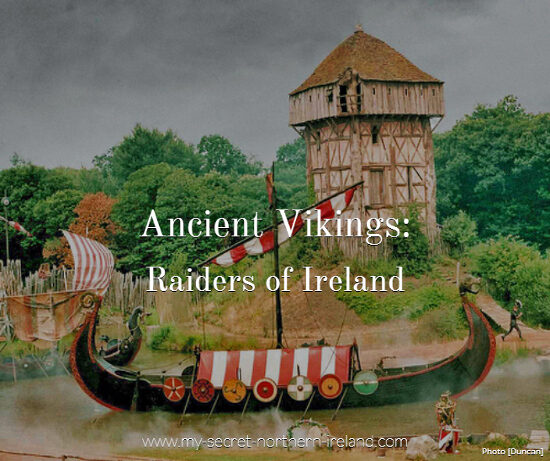
What is important for our purposes, they played a formative role in the history of Ireland in general and what later became Northern Ireland in particular. And this is why they are featured here. Their influence came in three ways: by raiding, by establishing settlements, and by eventually conquering the island this time known as Normans.
Ancient Viking Raids
Medieval Vikings raids were fearful events and spread terror among the local population. Their history is told in numerous Irish annals as well as Viking sagas. The first recorded raid took place in AD 795 and among the first targets were Innismurray and Innisbofin on the north-west coast of the island. Soon attacks spread throughout the coastal areas of the island. Ulster was attacked in the early AD 800’s and a band of Ulstermen even defeated the fearsome Vikings in an AD 811 engagement. Bangor, in County Down was raided in AD 824. Around AD 832 there was a naval engagement between Vikings and Irish coracle fleet in Lough Neagh and Armagh was subsequently raided.
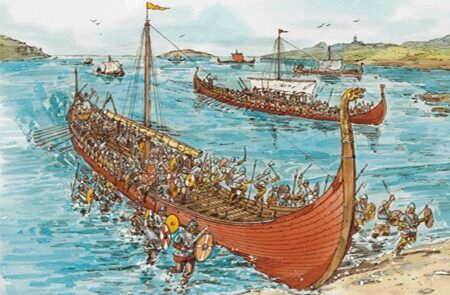
Vikings Disembarking for a Raid. Source: www.kidspast.com.
What made Ireland vulnerable was that at this time there was no strong local authority. The people were divided. The High King who once wielded considerable power from Tara in County Meath, had now lost much of his authority and Ireland was divided into areas controlled by local chieftains often warring against each other. When the raids began, therefore, there was no strong local power to oppose them.
The terror such raids spread is understandable. They would appear in their boats out of nowhere and strike like lightning. With flowing long blond hair and beards, and armed with fearsome axes, and shields, braving cold weather and rough seas, these soldiers were the ultimate fighting forces of the time. England, Scotland, Wales, as well as France and countries further afield also suffered the ravages of their raids.
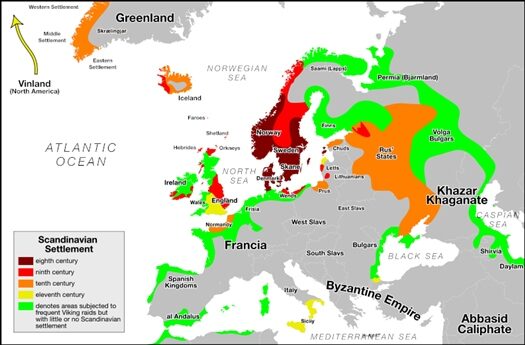
Ancient Vikings Love Monasteries
Favorite targets of Viking raids were monasteries. By AD 795 Ireland was Christian. When local chieftains fought against each other and raided each others’ lands, they generally respected and protected monasteries. Because of this, may rich people would store their wealth and seek refuge among monks in such monasteries; which in turn became known for the wealth hidden in their store rooms. The pagan Vikings had no qualms attacking Christian establishments and realizing that monasteries offered great promise of profit went out of their way to target them. But they also raided rich houses and local communities. The terror they caused is reflected in an ancient prayer that praises “stormy nights when the Vikings do not set out to sea” (Roedahl, The Vikings, p. 222).
The Ancient Vikings Settle Down
In the beginning Viking raids were hit and run events – a lightning attack, followed by a return to the ships and back to Viking lands (which by this time included large portions of Britain). Soon, however, Vikings began to set temporary camps which eventually became more permanent settlements. They used these settlements both as bases from which to raid, but also as trading posts. Limerick was established by Viking raiders in AD 812; Dublin around AD 840; Waterford in AD 914. Apart from these there were major Viking settlements in Wexford and Cork.
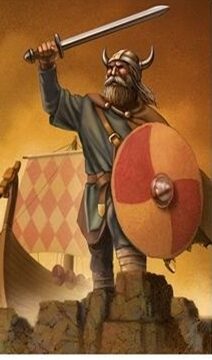
The Ancient Vikings Meet Their Match
From the AD 850’s onwards the Irish began to rally and inflict occasional defeats on the raiding Vikings. Also, as the Vikings settled down they began to fight among themselves just like the Irish had been doing before them. As they settled down they began to intermarry as evidenced from the fact that in the Irish Annals we meet Vikings with Celtic names. Despite these, it would be another 150 years before Ireland was free from strong Viking influence. Those who had settled became integrated into the local society and the raids slowly came to an end. The Vikings themselves were Christianized and turned their attention to more peaceful and noble pursuits.
Ancient Vikings – Back to Ireland They Come!
Historians mark the end of the Viking age at around the year AD 1000 or soon thereafter. But this is only partly true. In AD 1168 the Vikings came back. Only this time they were not called Vikings but Normans. The Normans were Vikings who had raided northern France and had settled there, adopting French as their language and some of the more cultivated habits of the land they settled in. From there they first conquered Britain after the Battle of Hastings in 1066 and then moved over to Ireland. About this story, more later.
